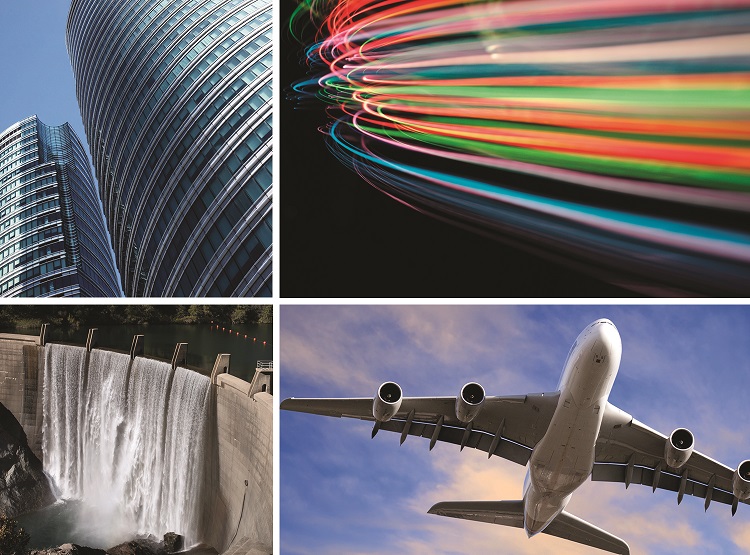In the ever-evolving landscape of technology, one area that continues to push the boundaries of what’s possible is fiber optic sensing. The latest developments in this field are not only fascinating but also hold the promise of revolutionizing industries that rely on precise measurements. From enhancing accuracy to improving sensitivity and reliability, the strides made in fiber optic sensing technology are paving the way for a new era of data-driven decision-making.
Unraveling the Fiber Optic Revolution
Fiber optic sensing involves the use of optical fibers to detect changes in temperature, strain, and other physical parameters. One of the key breakthroughs lies in the development of advanced materials for optical sensing fibers. Traditional sensors often face challenges in harsh environments or when subjected to extreme conditions.
Ongoing research and development is leading to the creation of robust, durable fibers that can withstand environmental pressures, making them more suitable for applications in civil infrastructure, energy, aerospace, and beyond.
Precision Redefined: Improved Accuracy in Measurements
The latest fiber optic sensing technology has taken accuracy to new heights, allowing for more precise and reliable data acquisition. This is particularly crucial in sectors such as structural health monitoring, where even the slightest deviation from the norm can have significant consequences.
These advancements have been made possible by refining the interrogation techniques used in fiber optic sensing systems. By employing state-of-the-art algorithms and signal processing methods, engineers and scientists can extract highly accurate information from the data collected by the sensors.
Sensitivity Unleashed: Capturing the Subtle Changes
In addition to improved accuracy, the latest developments in fiber optic sensing technology have significantly enhanced sensitivity. This means that these sensors can detect even the most subtle changes in the parameters they are measuring. In the realm of healthcare, for instance, this heightened sensitivity allows for more nuanced monitoring of physiological conditions.
For structural health monitoring in civil engineering, sensitivity is a game-changer. It enables the early detection of microscopic cracks or deformations in infrastructure, preventing catastrophic failures before they occur. This proactive approach to maintenance not only ensures safety but also extends the lifespan of critical assets.
Reliability Redefined: A New Standard in Data Integrity
Reliability is the bedrock of any sensing technology, and fiber optics are no exception. Recent advancements in fiber optic sensing have focused on improving the reliability of the systems, making them more robust and less susceptible to external factors.
In harsh industrial environments or remote locations where traditional sensors might fail, fiber optic sensing systems offer the ability to reliably transmit data over long distances, making these sensors indispensable in scenarios where constant monitoring is essential.
Applications Across Industries
The versatility of fiber optic sensing technology is reflected in its diverse range of applications. In the oil and gas industry, for instance, these sensors are used to monitor pipelines for leaks and structural integrity. In aerospace, they play a crucial role in ensuring the safety of aircraft by monitoring the health of critical components. In everyday life, fiber optic sensors contribute to the functionality of medical devices and smart infrastructure.
The Road Ahead: Future Prospects of Fiber Optic Sensing
Continued research and development are likely to lead to even more sophisticated sensors, capable of measuring an expanded array of parameters with unprecedented precision.
Moreover, the integration of fiber optic sensing technology with other emerging technologies, such as artificial intelligence and the Internet of Things, holds immense potential. Imagine a world where infrastructure can not only monitor its own health but also predict and preempt potential issues – a world where data-driven decision-making becomes more common.
In conclusion, the latest advancements in fiber optic sensing technology are reshaping the landscape of measurement and monitoring. As we navigate this wave of innovation, the transformative impact of fiber optic sensing technology is undeniable, promising a future where our ability to understand and respond to the world around us is more profound than ever before.

